| Tuesday, November 10, 2020 | |
(R)Evolution Towards Solutions Day |
|
| 12:00 | Opening Remarks by the session moderator |
| 12:05 | Advanced Purge Ready to Rollout |
Thomas Brillouet, R&D Manager, RECIF Technologies Advanced Purge Ready to Rollout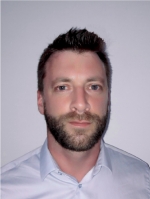
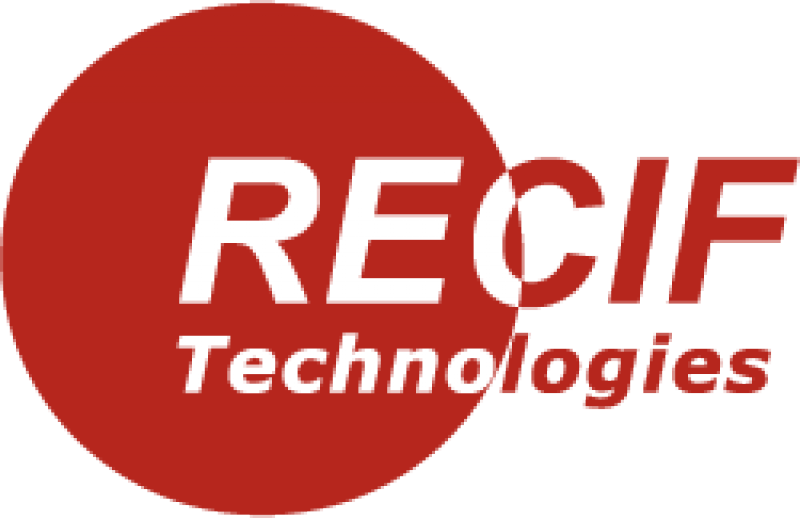 Abstract Biography |
|
| 12:30 | The most Efficient Way to Transport Data |
Daniel Graf, Head of Business Development, ZeroEC The most Efficient Way to Transport Data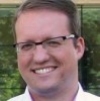
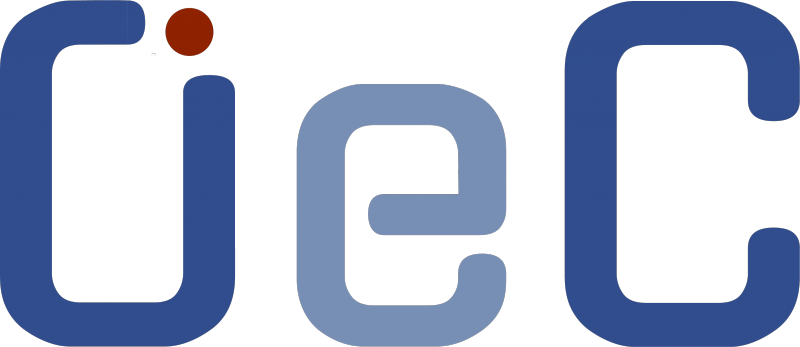 Abstract Biography |
|
| 12:55 | On hold for program sponsor |
| 13:20 | A New Quantum Computing Architecture based on Carbon Nanotubes |
Pierre Desjardins, CEO, C12 Quantum Electronics A New Quantum Computing Architecture based on Carbon Nanotubes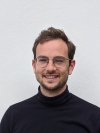
 Abstract Biography |
|
| 13:45 | Networking break |
| 14:10 | Challenges and Opportunities for Adopting Digital Twins in Semiconductor Industry |
Fahad Golra, Research Coordinator, Agileo Automation Challenges and Opportunities for Adopting Digital Twins in Semiconductor Industry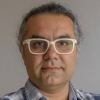
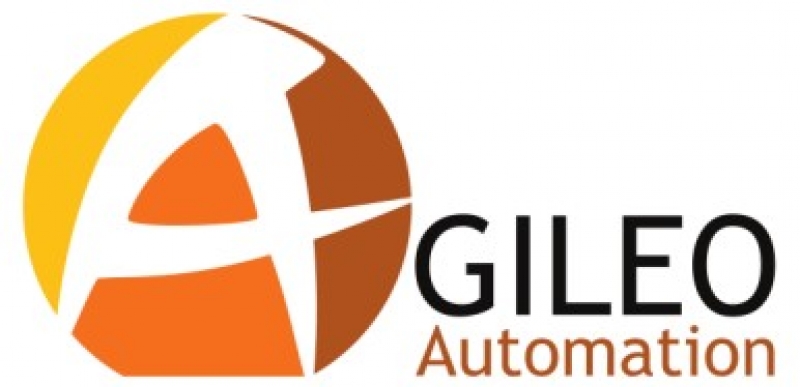 Abstract Biography |
|
| 14:35 | On hold for program sponsor |
| 14:55 | End of session |